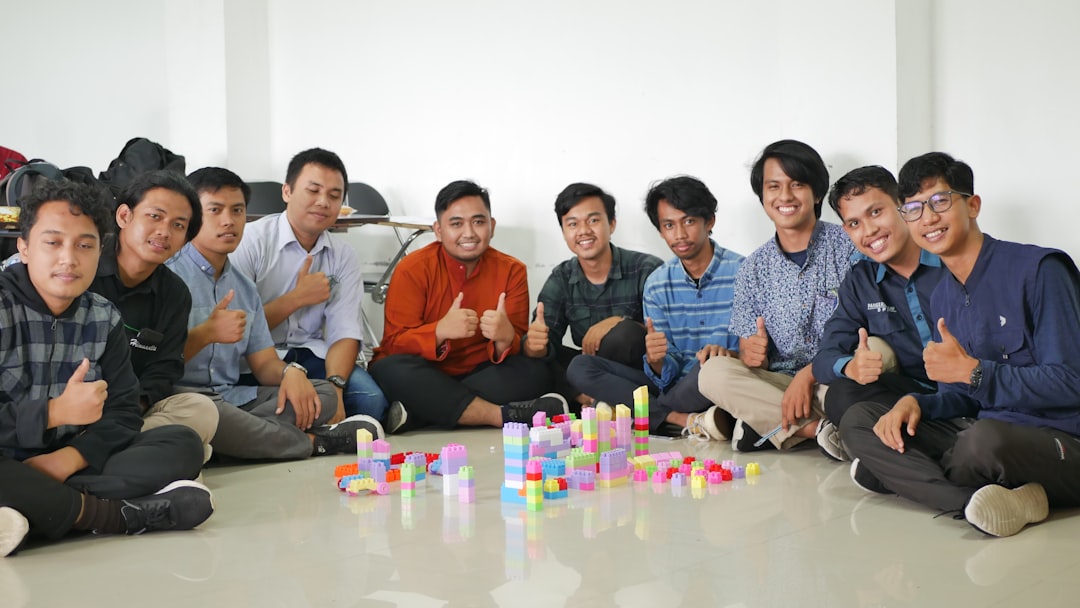The digital content landscape has exploded in recent years, with organizations producing vast amounts of content across channels, departments, and platforms. This flourishing ecosystem comes with a significant downside — content chaos. Content reused incorrectly, outdated assets resurfacing, misaligned messaging, and siloed knowledge bases are just a few of the many pitfalls. To combat this, forward-thinking organizations are turning to a powerful solution: building a Content Source of Truth (CSOT).
A Content Source of Truth is more than just a central repository; it is a structured, reliable hub that governs all approved content within an organization. It serves as the definitive reference point where teams can access consistent, current, and validated content. In this article, we’ll explore the importance of a CSOT, its essential components, how to build it effectively, and the immense benefits it brings to an organization of any size.
Why Organizations Need a CSOT
Imagine a marketing team launching a campaign with messaging that’s inconsistent with the sales team’s communication or a documentation team using outdated terminology. These discrepancies can lead to brand dilution, customer confusion, and internal inefficiencies.
By implementing a CSOT, organizations can:
- Ensure consistency: Universal messaging and terminology across all channels.
- Improve collaboration: Teams operate from the same knowledge base and reduce duplication.
- Accelerate workflows: Reduce time spent searching or recreating existing content.
- Enhance content governance: Define ownership, approval status, and content lifecycle.
Key Elements of a Content Source of Truth
For a CSOT to function effectively, it must be purposefully designed and equipped with key components. These include:
- Centralized Repository: All approved and reusable content should live in one digital location with access rights and permissions customized for different roles.
- Metadata and Tagging: Smart tagging and metadata help classify content by type, topic, audience, and usage to make retrieval as intuitive as possible.
- Version Control: Tracks content evolution so that historical and current versions are available, helping to manage updates and avoid outdated content being used.
- Workflow Integration: Incorporates approval, review, and publishing workflows to ensure only validated content is available for use.
- Searchability: A powerful internal search engine that helps teams quickly find the assets they need by keyword, content type, or tags.
- Governance Model: Defines who can create, approve, edit, and retire content, maintaining quality and trust across the content lifecycle.
Steps to Build Your CSOT
Developing a CSOT is a strategic initiative that requires input from multiple stakeholders across your organization. Here’s a step-by-step guide to help you get started:
1. Audit Your Existing Content
Begin by conducting a comprehensive audit of the content scattered across your organization. This includes:
- Marketing collateral
- Sales scripts
- Customer support documents
- Product documentation
- Internal communications
Identify redundancies, outdated material, and valuable assets worth preserving or updating. This will serve as your foundation.
2. Define Ownership and Governance
Establish a content governance framework. Decide:
- Who owns which content pieces?
- Who has editing and publishing rights?
- What review and approval workflow is required?
This structure mitigates risk and ensures accountability.
3. Choose the Right Technology
You’ll need a platform robust enough to support your CSOT. Depending on your need, this could be:
- A dedicated content management system (CMS)
- A digital asset management (DAM) platform
- Knowledge management tools integrated with your workflow software
Focus on scalability, ease of use, integration capabilities, and customization.

4. Migrate and Classify Content
Once the platform is ready, migrate top-performing and validated content. Use this opportunity to:
- Apply consistent metadata and tagging
- Organize content by category, project, or department
- Retire or archive outdated materials
This step is critical — think of tagging systems as the DNA of your CSOT. They drive discoverability and user experience.
5. Educate and Train Teams
Launch the CSOT with training sessions to guide employees on:
- How to access and search for content
- Understanding tagging and metadata filters
- Proper workflows for submitting and editing content
Your CSOT’s success relies heavily on adoption, and training is key.
6. Monitor and Evolve
The CSOT is not a “set it and forget it” solution. Use analytics and feedback to:
- Measure which content is used the most
- Identify gaps in content coverage
- Track usage trends across teams
Regularly update the repository and workflows to ensure your system remains relevant and useful.

Benefits of a CSOT
When done right, a CSOT becomes the beating heart of your organization’s content strategy. Among the top benefits:
- Brand Consistency: Branding, voice, and messaging become seamless across all communications.
- Faster Content Production: Teams don’t waste time reinventing the wheel.
- Improved Customer Experience: Messaging is aligned at every touchpoint, whether it’s marketing, sales, or support.
- Risk Reduction: Outdated or incorrect information is less likely to be published or shared.
- Cross-Functional Alignment: Sales, marketing, product, and support operate in harmony with shared truths.
CSOT in Action: Real-World Examples
Example 1: A Global Software Company
A SaaS provider implemented a CSOT across its marketing and product teams. By harmonizing product feature descriptions and use cases in a centralized space, the company reduced time-to-publish by 30% and improved the consistency of messages across regions.
Example 2: Healthcare Organization
In a regulatory-heavy industry, outdated or incorrect documentation has serious implications. By rolling out a centralized content hub governed by compliance, the hospital group improved staff training and customer communication, while significantly lowering legal risk.
Challenges to Anticipate
Building a CSOT isn’t without hurdles:
- Resistance to Change: Teams used to their own tools may be hesitant to adopt a centralized system.
- Maintaining Content Hygiene: Without regular audits, the CSOT can become as disorganized as the system it replaced.
- Balancing Control and Access: Permissions should be strict enough to safeguard content but flexible enough to allow collaboration.
The key is to communicate clearly, show the value early, and build momentum through internal champions.
The Future of Content Management
As businesses increasingly recognize the value of scalable, consistent content, the CSOT is emerging as a strategic necessity. It’s no longer a luxury but a competitive advantage — ensuring that your content supports your brand, your workflows, and your growth goals.
The most successful content teams of the future won’t just create more — they’ll manage content intelligently. And the cornerstone of that intelligence is a well-structured, deeply integrated Content Source of Truth.
Start now, and future-proof your content strategy.


